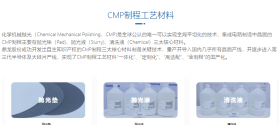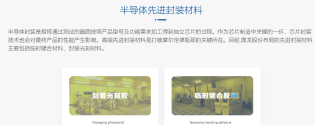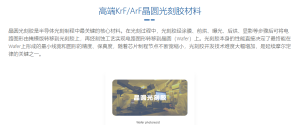Jiangsu Xinde Semiconductor Technology Co., Ltd. ("Xinde Semiconductor") recently secured nearly 400 million yuan in funding, following its latest round of financing. This round will further consolidate its technological advantages in mobile products and heterogeneous packaging modules. This round of financing was jointly led by Nanjing municipal and district-level institutions, with participation from the Jiangsu Nanjing Advanced Manufacturing Industry Special Fund, Oriza Puhua, and Yushan Capital. The funds will be primarily used to further accelerate the development and production of high-end packaging and testing technologies such as SiP (System-in-Package), FOWLP (Fan-Out Wafer-Level Packaging), chiplet 2.5D/3D, and heterogeneous packaging modules. This will further help the company break through the barriers to high-end packaging technology and inject strong momentum into the independent and controllable development of the industry chain.
According to public information, Xinde Semiconductor, founded in September 2020, is a high-tech enterprise specializing in semiconductor packaging and testing. After nearly five years of development, Xinde Semiconductor has become one of the leading domestic semiconductor back-end process companies. It is the first domestic company to simultaneously provide services in cutting-edge high-end technology fields such as 2.5/3D integration, through-glass vias (TGV), through-silicon vias (TMV), LPDDR memory packaging, and optical sensing (CPO) packaging. It provides customers with packaging product design and services for bumping, WLCSP, flip chip PKG, QFN, BGA, SIP, SIP-LGA, and 2.5D. Its products are widely used in a variety of products, including multimedia smart terminal SoC chips, RF front-end chips, and artificial intelligence (AI) chips.
Xinde Semiconductor possesses the independent packaging and testing capabilities of chiplet packaging technology, one of the few in China. It has successfully launched the CAPiC chip and advanced packaging technology platform. Through heterogeneous integration of chips from different process nodes, it breaks through the bottlenecks of traditional SoC in integration, power consumption and heat dissipation, achieves efficient resource utilization and improves design flexibility, and can meet the high bandwidth, low latency and high reliability needs of high-performance computing (HPC), artificial intelligence (AI), data centers and other fields.
In June of this year, Xinde Semiconductor officially commenced construction on its AI Advanced Packaging and Testing Base project, with a total investment of 5.5 billion yuan. The first phase of the project, with a 1 billion yuan investment, plans to build 153,000 square meters of modern factory space, equipped with advanced production equipment, and establish two world-leading high-end packaging production lines. The project aims to overcome the packaging challenges of AI computing chips and precisely meet the high-performance packaging needs of 5G communications and automotive-grade chips. Upon completion and full production, the first phase will be able to produce 18,000 2.5D packaged products and 300 million wafer-level high-density chip packages annually.




